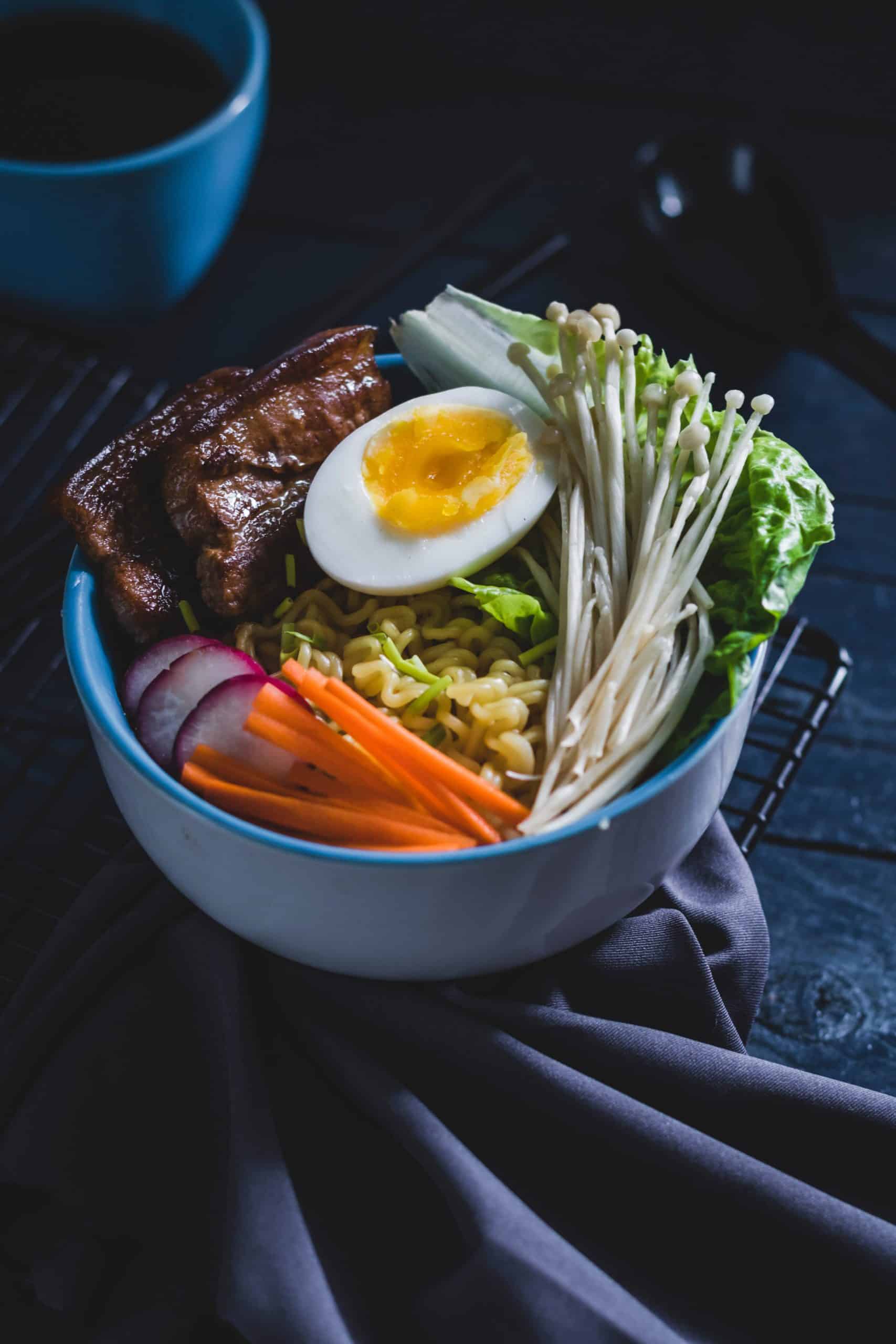Health Benefits of Enokitake Mushrooms
Photo From unsplash Originally Posted On: https://www.mushroomhuntress.com/health-benefits-of-enokitake-mushrooms/Thursday, April 9th 2020, 6:14 am
 Photo From unsplash
Photo From unsplash
Originally Posted On: https://www.mushroomhuntress.com/health-benefits-of-enokitake-mushrooms/
The Strange Tale of the Enoki

Enoki, also know as Enokitake (Flammulina velutipes), mushrooms are trending in culinary circles for many reasons. They are delicious, cute, and, thankfully, becoming more widely available. The long straw-like pure white stalks with teensy button tops add fun and flair to a dish. Like many mushrooms, enoki are also highly nutritious. Enoki mushrooms have an odd cultivation history, as well, contributing to their unique character.
Nutritious Enoki
Rich in vitamins, minerals, and healthy amino acids, enoki are a great addition to the diet. They are low in cholesterol, high in dietary fiber, and full of antioxidants.
One hundred grams of dry enoki mushrooms provide 346 calories, of which 53% is carbohydrates, 26% is protein, 26% is dietary fiber, and 3% is fat. Vitamins and minerals found in enoki include niacin, calcium, iron, potassium, and riboflavin.
In Asian medicine, enoki mushrooms have been used for centuries to treat high blood pressure, high cholesterol, liver disease, and stomach ailments.
Cancer-Fighting Enoki

In addition to culturally specific uses, enoki mushrooms are currently being studied as a potential cure for cancer. And, they’ve shown great promise! The interest in enoki as a cancer treatment was prompted by Dr. Ikekawa, a scientist in Japan, who noticed that the residents of Nagano, Japan were less likely to develop cancers as compared to other provinces. Nagano is the center of enoki cultivation in Japan, and it is a big market.
Since Dr. Ikekawa’s initial curiosity, numerous studies have been done showcasing the potential power of enokis. A 2009 study in which rats infected with HPV were given an enoki extract showed the rats ingesting the mushroom were 60% less likely to develop tumors. Further studies are being done to determine precisely how the immune-modulating activity of enoki mushrooms works.
Enoki History
There are the enoki mushrooms found in the grocery store, and there are the enoki mushrooms found in the wild. If you’ve had the privilege of seeing both, you’ve likely wondered how in the world they are related. If you’ve never seen the wild one, or either, do a quick image search. It seems impossible that they are the same thing. Yet, they are.
The wild version and the cultivated version are the same mushroom, but with different growing techniques. Wild enoki mushrooms are brown and stocky, without much of a stem, if any. They grow in overlapping clumps on the side of dead and decaying conifer trees. Enoki mushrooms are widespread in the wild around the world.
The cultivated version of enoki is needle-thin, with a long, spindly stem, and is pure white. Centuries ago, Japanese mushroom cultivators discovered an interesting phenomenon. When enoki mycelium was placed in a long-neck bottle and placed in low-light, the mushrooms grew tall, thin, and white. A huge benefit to this growing process is simpler harvesting and an increased shelf life.
Eating Enoki

The traditional Japanese method to eat enoki mushrooms is to include them in a soup. They can also be sauteed, stir-fried, or fried. Enoki mushrooms are sold in bunches, usually with the base still holding all the strands together. These mushrooms can be cut up into smaller strands or cooked as they are, simply cut off the base-end first.
Enoki flavor is mild and benefits from caramelization or inclusion in a stronger dish. Their thinness likens them to delicate noodles when cooked. In fact, multiple enoki strands can be twirled on a fork like pasta, giving them a familiar feel even when they are new to the consumer.
As Enoki mushrooms grow in popularity, growers are popping up in places other than Japan. Currently, in the US, enoki mushrooms are found in gourmet and high-end grocery stores, Asian markets, and even some conventional supermarkets. Keep an eye out for these cute-as-a-button mushrooms, and discover the wonder of the enoki.
Information contained on this page is provided by an independent third-party content provider. Frankly and this Site make no warranties or representations in connection therewith. If you are affiliated with this page and would like it removed please contact pressreleases@franklymedia.com
More Like This
April 9th, 2020
December 25th, 2024
December 25th, 2024
December 25th, 2024
Top Headlines
December 25th, 2024
December 25th, 2024
December 25th, 2024
December 25th, 2024








